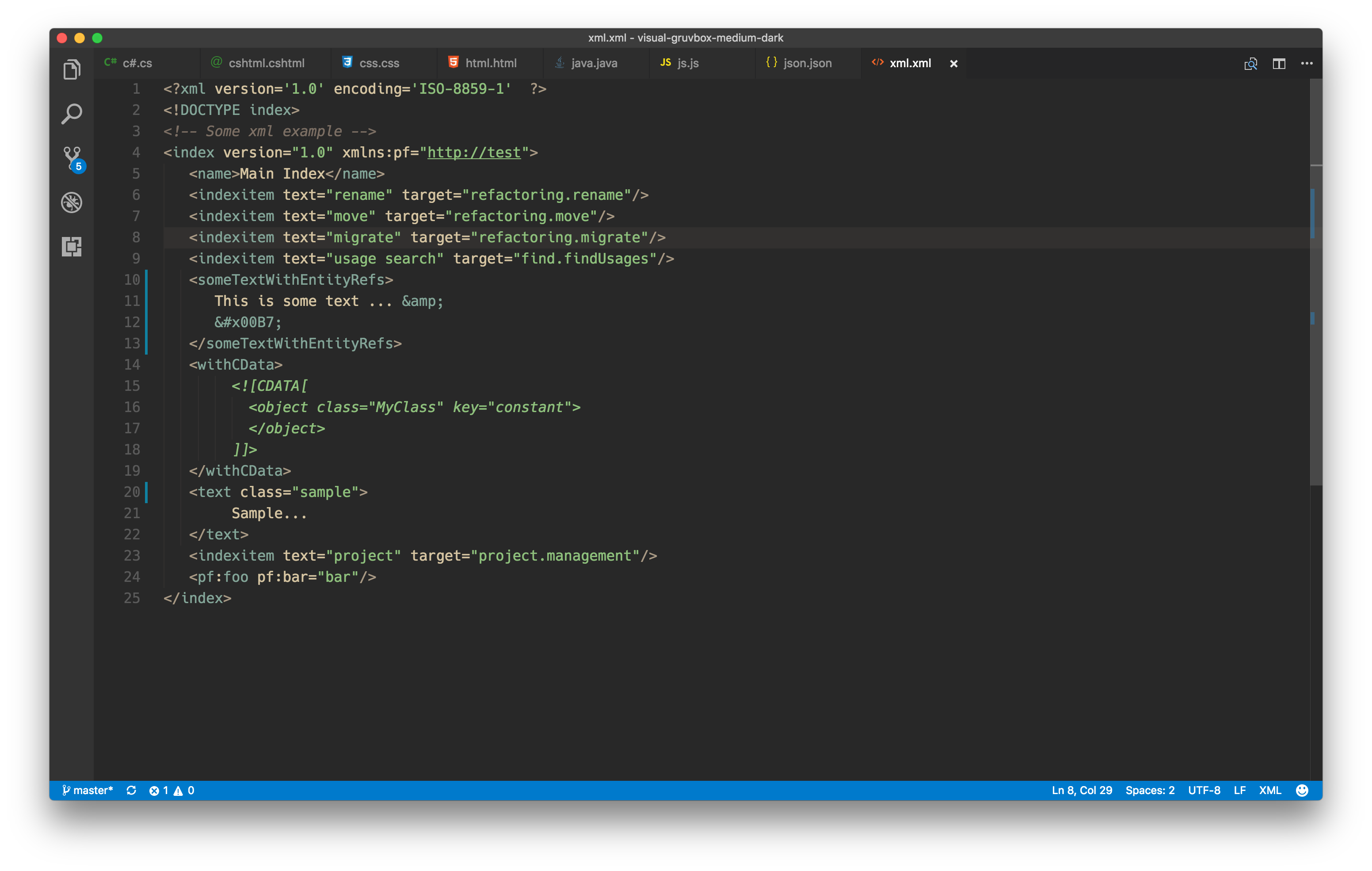

You'll bloat your project with unrelated files if you add the configuration for every editor someone might use. mixes tabs and spaces, here's how it looks on GitHub with a tab size of 8.Ī common solution is to share editor settings as part of the project, but this assumes all committers are using the same editor as you, which probably isn't the case.įor Java development alone, the following are all popular choices: Without consistency, the code can appear untidy and be a pain to read, depending on a user's development environment. Various indentation sizes across files.Files may not have the desired character encoding.(Usually not a significant issue with Git.) This can result in projects feeling inconsistent or messy, with some or all of the following issues:

The user's style settings get applied to the files they modify. What happens when they're contributing to a shared project? This might be a project at work, or an open-source project on GitLab or GitHub. Unfortunately, their preferences probably don't correlate with yours. Users usually configure the code style settings in an editor to their preferences. They can be read by IDEs (Integrated Development Environments), code editors, or build tools to enforce or apply formatting conventions. It relies on third-party tools or integrations to implement support for the rules declared in the file. It's great because it's widely supported, and it's not tied to any particular language, framework, or code editor.ĮditorConfig on its own is just a vendor-agnostic configuration file. You specify the code-behind with the x:Class="Namespace.ClassName" and set the startup form/page with StartupUri="Window1.You use EditorConfig to define formatting conventions for textual files in a project. available as `AppName.g.resources)ĪpplicationDefinition (WPF only): Mark the XAML/class file that defines your application. The baml is then embedded with the same technique as Resource (i.e.

Page (WPF only): Used to compile a xaml file into baml. Resource (WPF only): Embeds the file in a shared (by all files in the assembly with similar setting) assembly manifest resource named AppName.g.resources. For this method to work, it needs a AssemblyAssociatedContentFile custom attribute which Visual Studio graciously adds when you mark a file as "Content"Įmbedded resource: Embeds the file in an exclusive assembly manifest resource. This setting is used for code files.Ĭontent: Allows you to retrieve a file (in the same directory as the assembly) as a stream via Application.GetContentStream(URI). An example is a text file that contains documentation, such as a Readme file.Ĭompile: The file is compiled into the build output. None: The file is not included in the project output group and is not compiled in the build process.


 0 kommentar(er)
0 kommentar(er)
